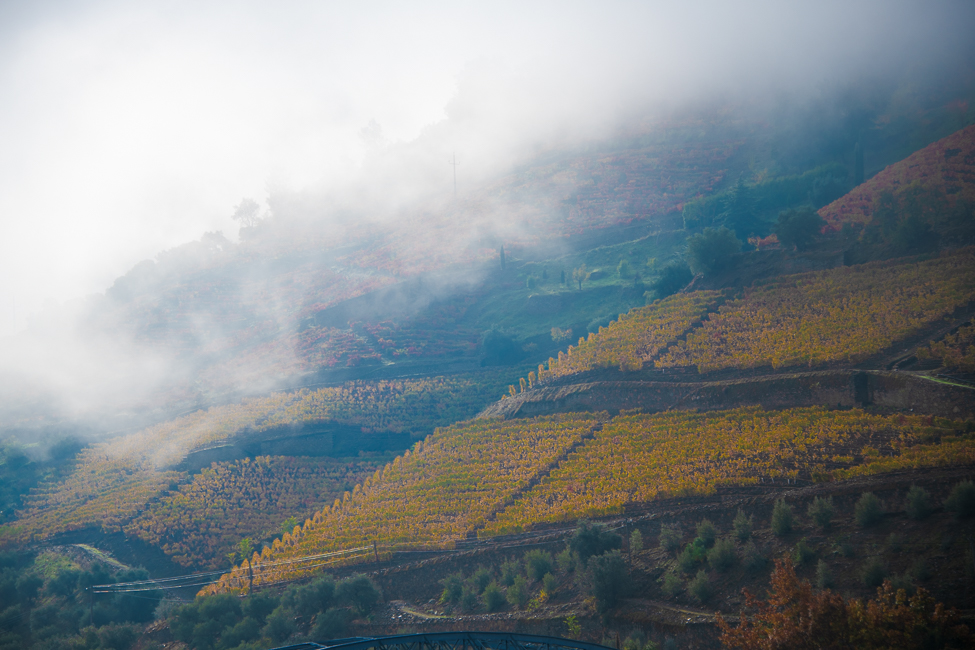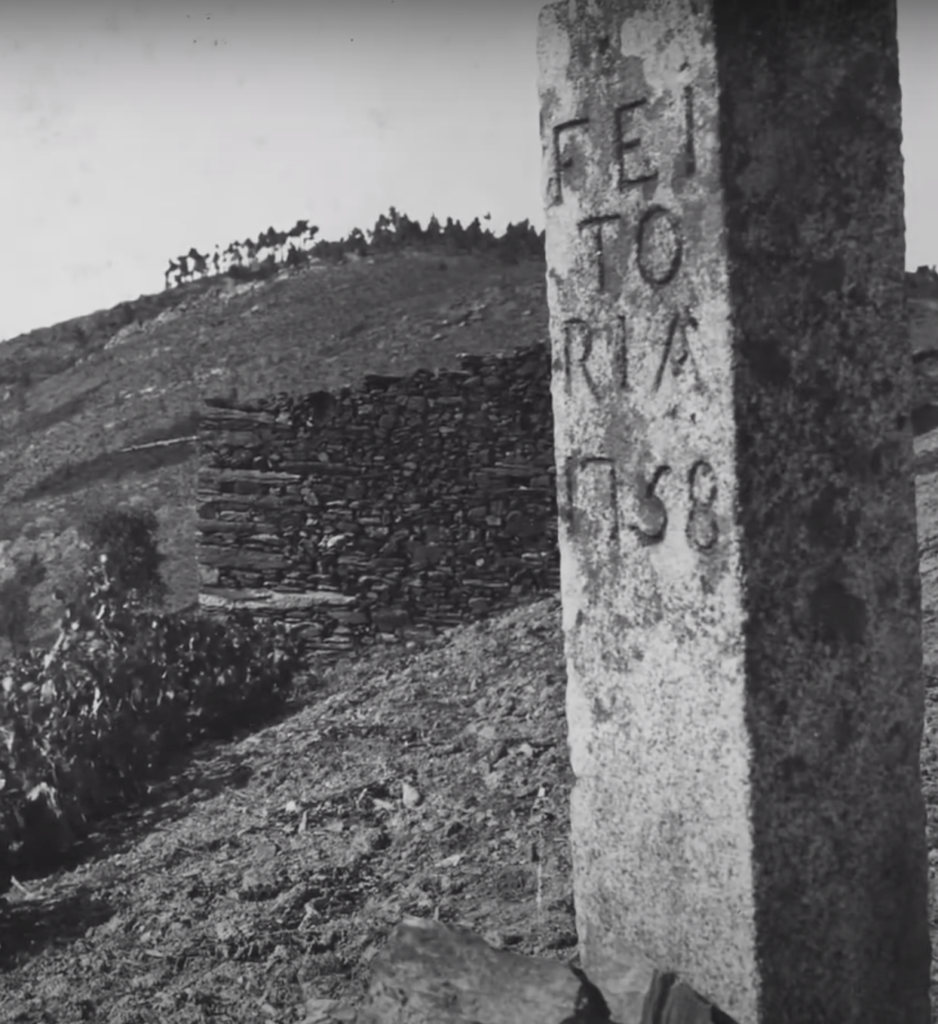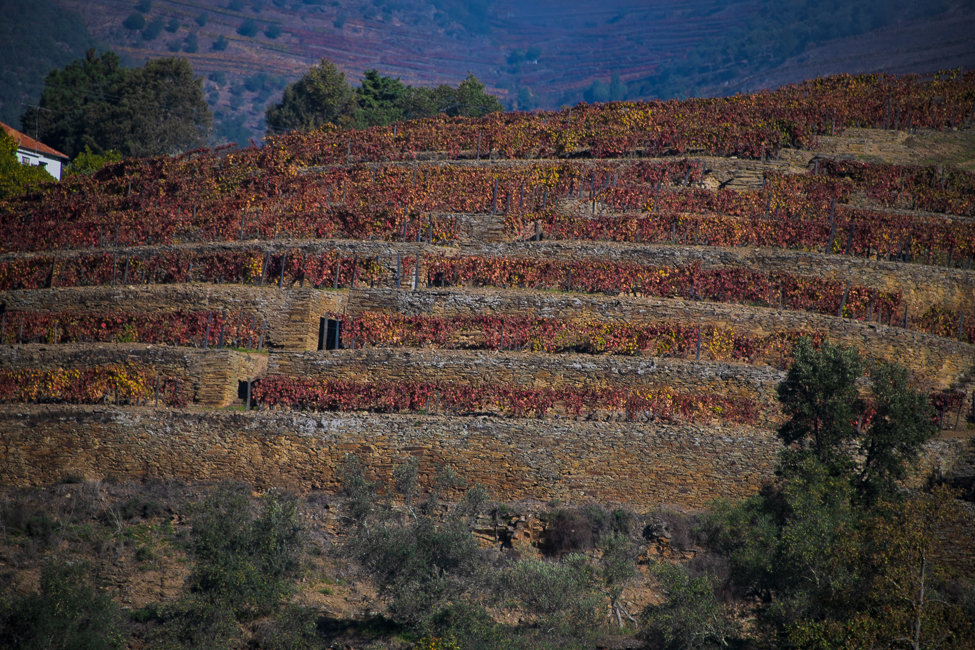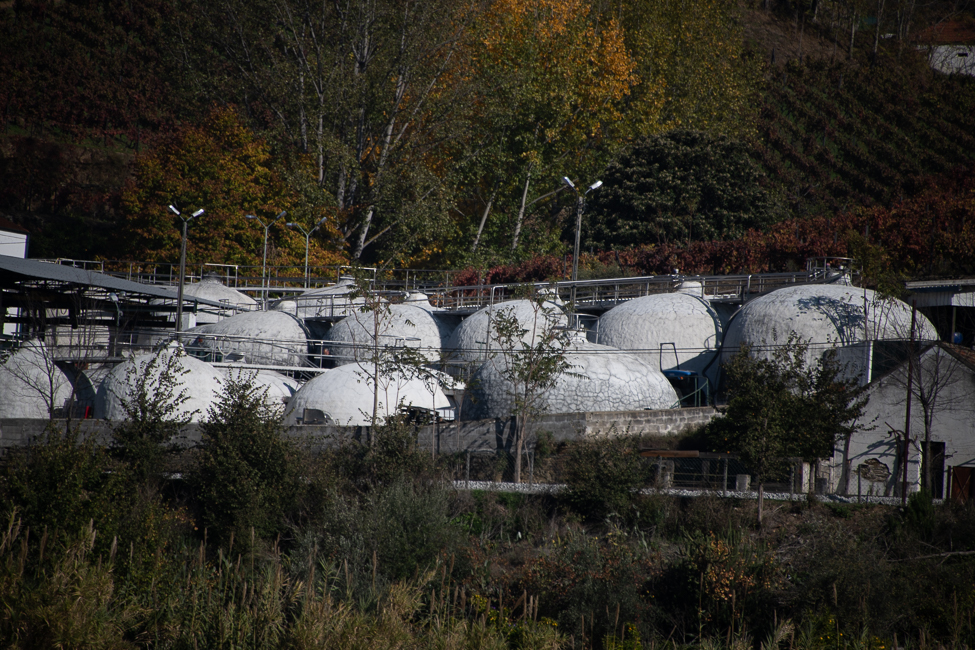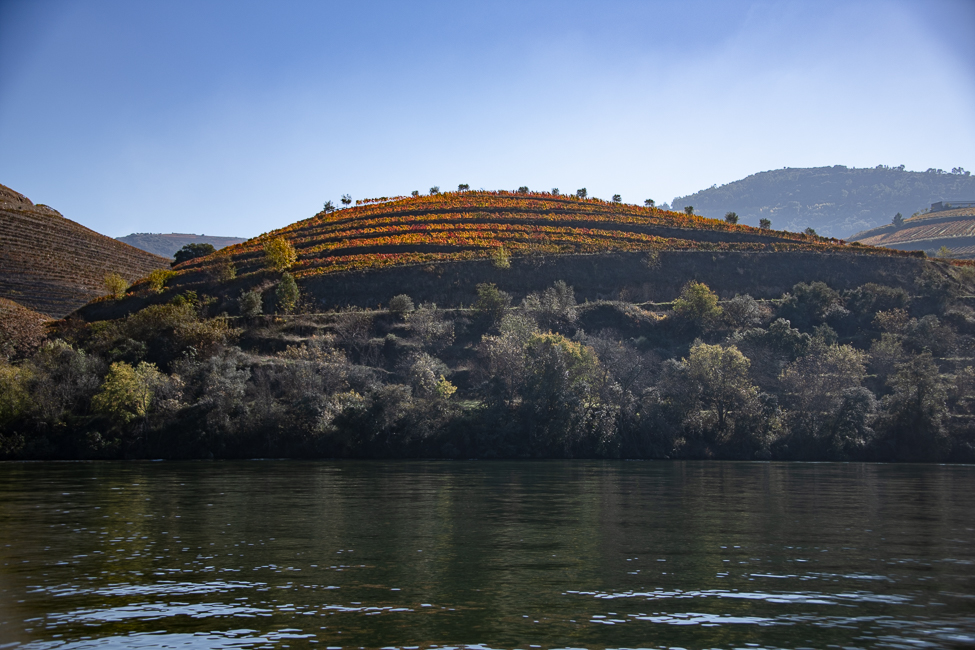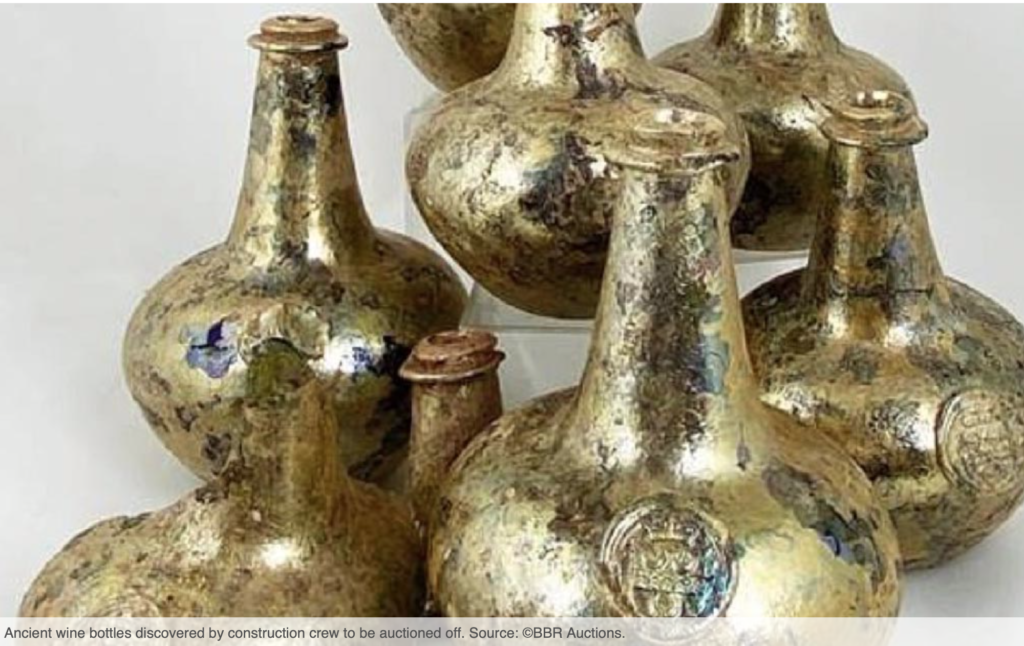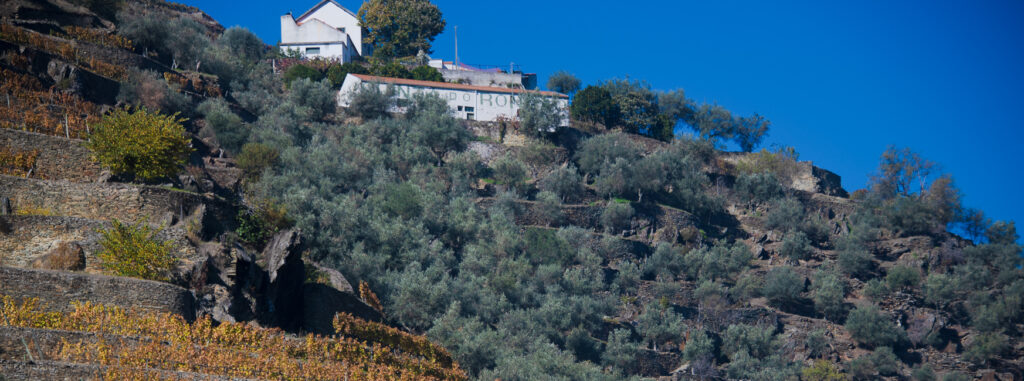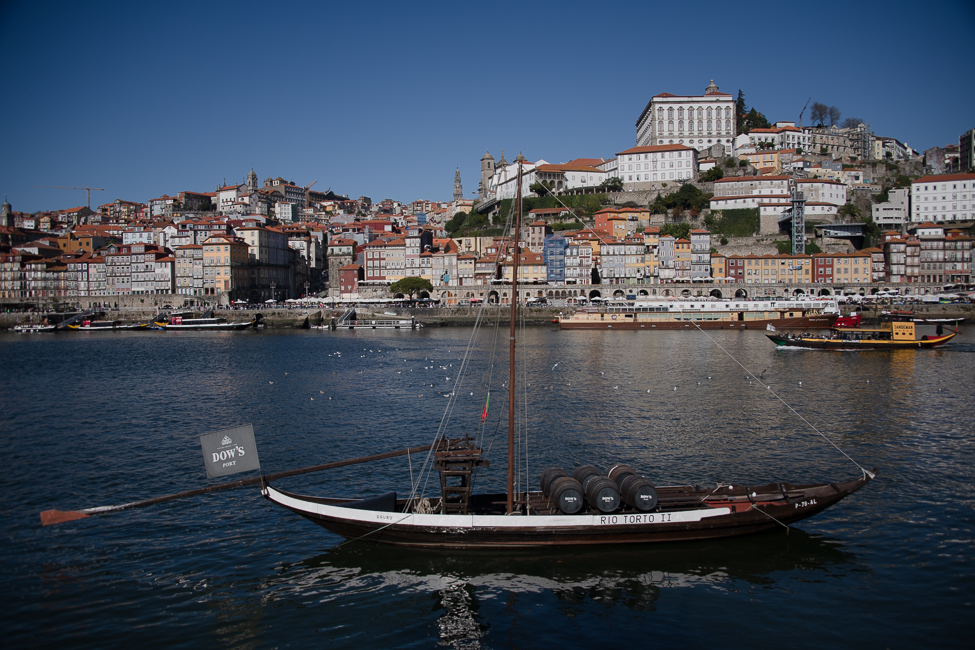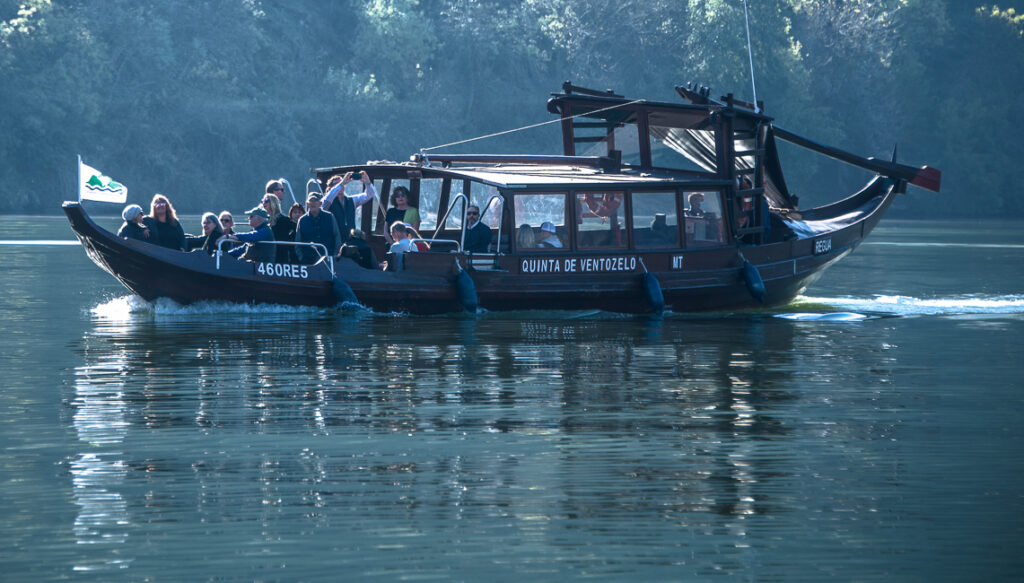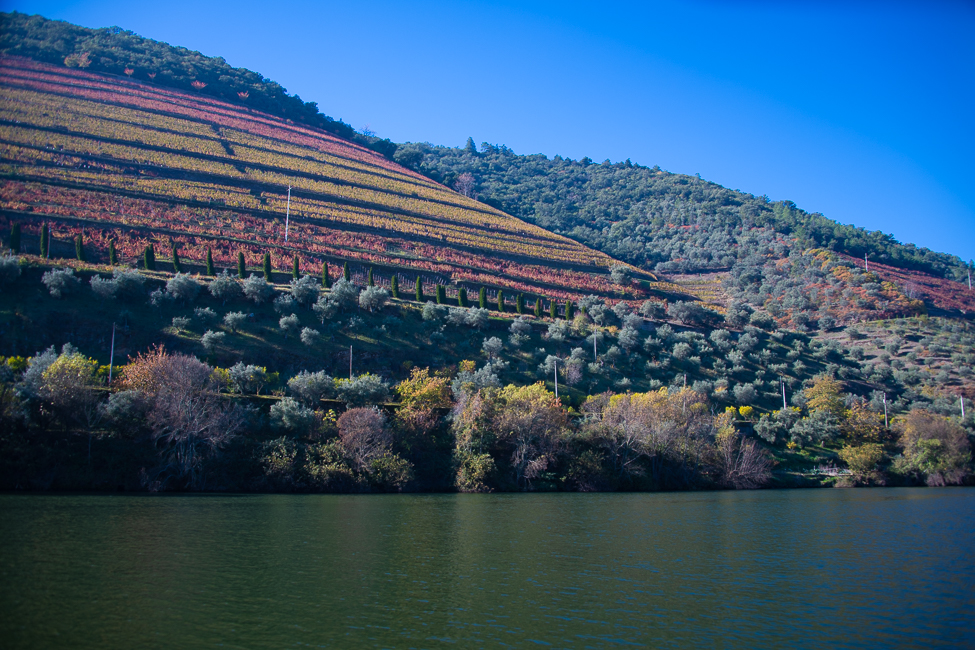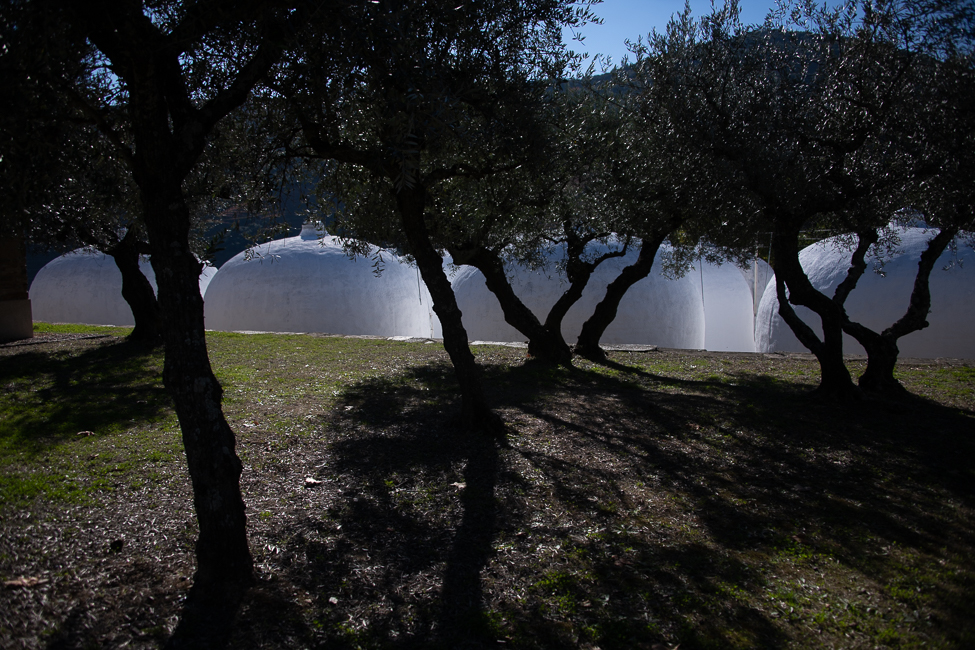The writings of the Greek geographer Strabo, show that people of the Iberian Peninsula were drinking wine over two thousand years ago.
The Romans, arrived in Portugal in the second century BCE and made wine on the banks of the Douro River for hundreds of years.
Wine in this region has been around for a very long time.
Portuguese wine became an export crop around 1174, when the Kingdom of Portugal was established.
In 1386 a treaty was signed between Portugal and England to establish a political and commercial alliance, which boosted Portugal’s exports via the Atlantic Ocean.
By the second half of the 15th century, a large amount of Portuguese wine was shipped to England often in exchange for salt cod, (bacalhau), wool and other goods. The wine shipped at this time was not Port but a thin astringent white wine.
As a result of a tax disagreement between France and England, French wine was no longer available to the English, and tastes were changing away from the astringent white wines to the sweeter more fortified wines.
In 1703 the signing of the Methuen Treaty between England and Portugal stated that Portuguese wines imported into England carried one third less duty than wines imported from France, changing the face of Portugal’s wine trade forever.
By the mid 18th century the wine trade was in turmoil with disreputable makers and traders, and the rights of Douro growers became a hot political issue. The Marquês de Pombal stepped into the dispute. In 1756, Pombal demarcated (formed what we call an appellation) the Douro region — almost 100 years before Bordeaux. From that point on, true “Port Wine” came only from the Duoro Valley. In fact only parts of the Duoro. The area was marked out with 335 granite pillars set out between 1756 and 1761.
At this point the English and Scottish had increased their operations to the beginning of the production chain and began bringing this new fine wine down the Douro river to the town of Oporto. Oporto sits at the mouth of the Duoro River as it spills into the Atlantic Ocean. The wine became known as ‘Oporto wine’ or ‘Port’.
Once loaded onto ships, to protect the wine from the long journey at sea, it was often fortified with brandy. Today the wine is fortified during fermentation for better alcohol integration, not after ageing. Typically, a port wine will consist of 30% brandy in the final blend. The brandy is usually an un-aged eau-de-vie de vin which is colorless and tasteless, and is most often brought from South Africa which has a strong tradition of Brandy because of its Dutch heritage.
Port wine is made in a process very similar to other wines, with a few exceptions.
To be classified as a Port wine the grapes must be picked by hands.
The older, more traditional terraces are too narrow for tractors, although the use of machinery is allowed for operations such as fertilizer distribution.
These terraces are very important as they play a critical role in the taste of the wine, along with the soil, weather and the water of the Duoro. Knowledge of the terrace wall construction is scarce, but they were made by hand by what may have been Galicians, sometime in the 17th century.
Once picked and de-stemmed, the grapes are transferred to wide, low, open-top tanks called lagares. In the Duoro lagares are made of granite. Traditionally, crushing was done by foot treading but many producers have gone to mechanized crushing.
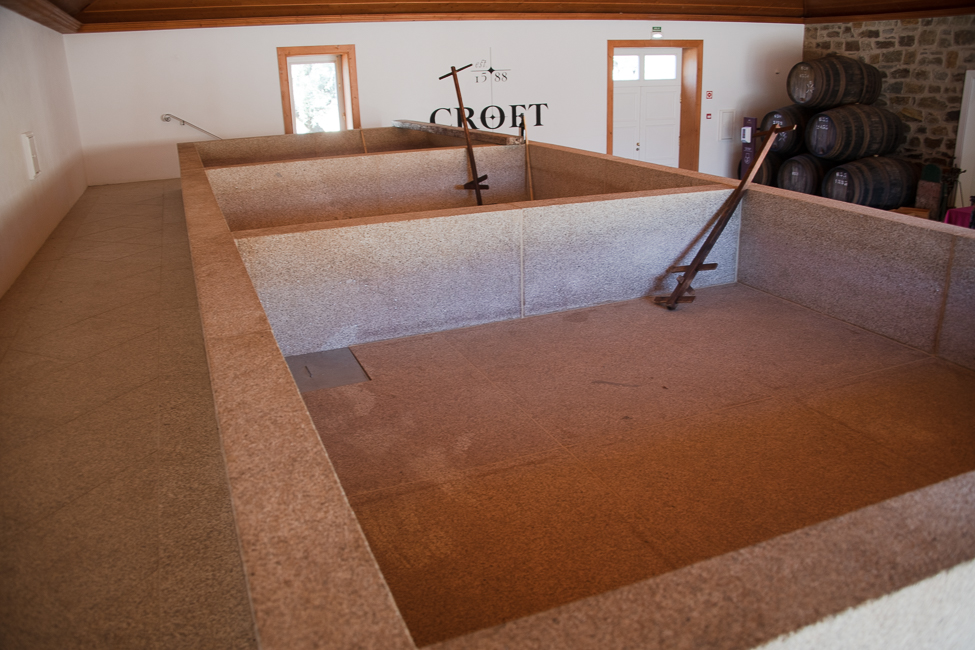
The granite Lagares and long wooden plungers called macacos that are used to punch the skins down under the surface of the wine once the foot crushing has been completed.
After three days the wine is transferred to baláos. There it remains until the end of winter. The summers in the Douro Valley are too hot for storing wine, so as the temperatures rise, the wine is trucked to Villa Nova de Gaia, a port on the other side of the river from Porto. At that time the Port wine is placed in barrels and cellars for blending and aging.
Legally, all Port wines must be aged for a minimum of 2 years before release. At that point, it is illegal for a Port producer to sell more than 30% of the vintage. Meaning that Port wine producers are legally encouraged to age their wines.
There is so much more to the process, especially in the aging process and the way ports are sorted and ranked, but for now, I think you get the idea why Port is different and special. While some ports can be cloyingly sweet, visiting the the Duoro Valley for an education in Port has taught me that it is far more sophisticated, and complex than I ever knew.
Tidbits: The first mention of “Vintage Port” was in a Christie’s auction catalog dated 1773, in reference to a wine of the vintage of 1765. Various historical records refer to great Vintage Ports from 1775, 1790 and 1797.
In the 1770’s the shape of the bottles began to change. The new bottles were what we know today, a straight-sided cylindrical bottle with a long neck. This shape allowed the bottles to be laid down and stored for any length of time keeping the corks moist and therefore the seal in good condition. This allowed the wine to age in the bottle, and made a distinct improvement in the wine.
Phylloxera reached the Douro in the 1870s. Many vineyards were re-planted. But sadly you can still see many abandoned walled terraced vineyards, built in the late 18th and early 19th . Some of these mortuários (graveyards) have been replanted as olive or citrus groves, while others lay barren with crumbling rock walls.
Rabelos
Until relatively recently, Port wine made its way down the Duoro River to the ‘lodges’ of the shippers in Oporto on the decks of barcos rabelos. The earliest references to boats carrying wine along the Douro date from around 1200 were referred to as barcas taverneiras, or ‘taverner barges’. Later all the work fell to the bracos rabelos.
*
A series of dams were built across the river in the 20th century, until then the Douro was fast running. To navigate in these conditions, the rabelo had a flat bottomed hull and a long steering oar, operated from the top of a raised platform, which allowed the crew to carry out the maneuvers necessary to traverse the rapids. The boats were also fitted with a broad sail to help in the return, upstream, trip. The trip down the river took, on average, three days. The return trip could take 45. Returning the boats were aided, not just with their sails, but horses and oxen that would lend a hand in hauling them upriver.
Portugal Ponderings
Since uncorking a bottle of wine is becoming more of an act of unscrewing a top, or pulling out a plastic cork, I assumed cork was becoming endangered. I began walking the streets of Portugal, where most of the world’s cork comes from and saw so many stores that specialize in selling any type of product from cork. There is a disconnect here. So is cork endangered? Nope! There’s actually an abundance of cork. A fact I found interesting is that the harvesting of cork is one of the best paid agricultural jobs in the world. It is a process that needs to be done by skilled workers so that the trees are not harmed. And there are said to be enough cork trees today in the cork forests of Portugal to last more than 100 years. So why plastic corks and screw on tops? It is cheaper.
A part of the Duoro Valley is a UNESCO World Heritage Site, including the ancient rock terrace walls.
